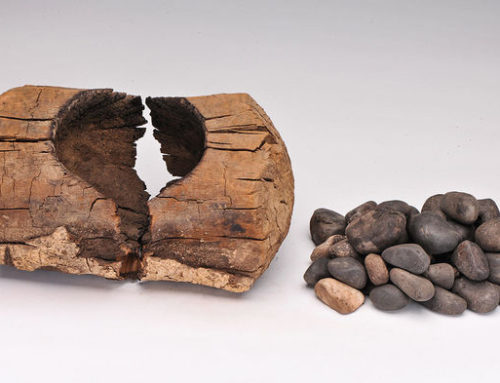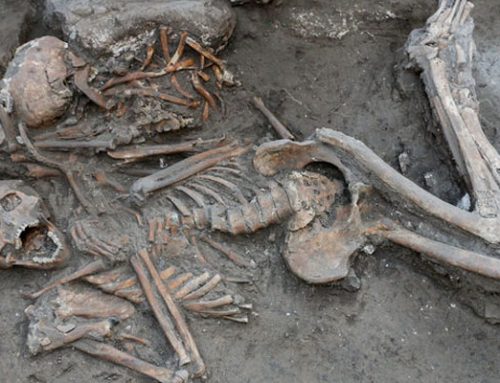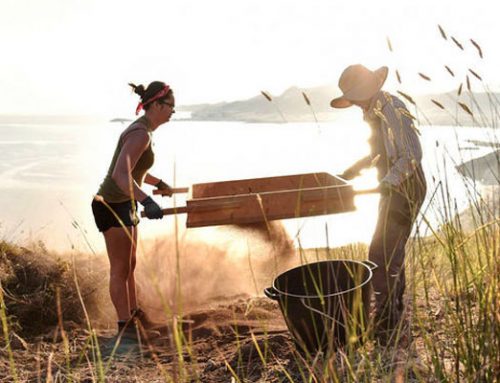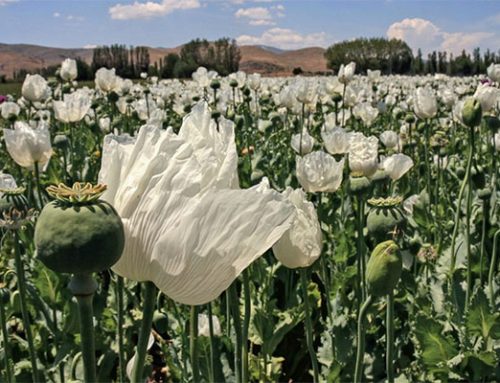Zhijun Zhao started his career like many promising Chinese students: by studying in the United States with an eye to staying. He got his Ph.D. at the University of Missouri, Columbia, and rose through the academic ranks, acquiring the nickname “Jimmy” and eventually landing a comfortable job at a museum in Kansas City. He also got a coveted green card that put him on the path to U.S. citizenship—all the ingredients of the American dream. “Big houses and cars—I could have lived the easy life,” he muses today.
 But instead, in 1999, Zhao made a bold decision. He returned to China and opened a lab at the Institute of Archaeology in Beijing, which at the time lacked many of the modern facilities common at any American university. He was given 5000 yuan—about $600 at the time—in start-up money. “I spent 4000 yuan on a microscope,” Zhao recalls with a laugh. He held on to the green card for a full year.
But instead, in 1999, Zhao made a bold decision. He returned to China and opened a lab at the Institute of Archaeology in Beijing, which at the time lacked many of the modern facilities common at any American university. He was given 5000 yuan—about $600 at the time—in start-up money. “I spent 4000 yuan on a microscope,” Zhao recalls with a laugh. He held on to the green card for a full year.
Zhao’s move was a gamble. But today, many Chinese-born scientists educated in the West return to China, says Wang Wei, director of the Beijing institute. Although in the past, that return may have been pushed by difficulties in language, culture, and getting a job overseas, now China is exerting a magnetic pull. As archaeology attracts attention, central and provincial governments are spending more on new facilities and better salaries (see main text). Researchers are drawn home by family ties and professional opportunities. “We want all of our overseas scholars to come back,” says Wang. “And we do our best to provide a good environment for researchers.”
The homeward pull is a relatively new phenomenon. With rare exceptions, war and politics isolated China from the outside world between World War II and Mao Zedong’s death in 1976. For the most part, archaeological finds made behind the Bamboo Curtain remained unknown in the West, while new theories and methods failed to penetrate into China.
Starting in the 1980s, large numbers of Chinese students, including archaeologists, began to study in the West. Some stayed, though others tried to keep a toehold in China as well. For example, Tianlong Jiao studied at Harvard University and is now an archaeologist at the Bishop Museum in Honolulu. He moves easily between worlds, doing fieldwork on trade and agriculture in South China and often visiting colleagues at the Beijing institute. But his status as a researcher in both countries may already be an anomaly. “I am probably among the few, if not the only one,” he says.
Zhao says he has no regrets about returning to his homeland. His 2008 budget is 1.5 million yuan, or $220,000, and his modest lab in a Beijing suburb has an enthusiastic staff of mostly young researchers. On a recent weekday, his team ate lunch together and chatted about work, taking breaks at a Ping-Pong table in a nearby room. Some are specialists in dating ancient wood—dendrochronology—while others analyze spores and pollen to understand paleoenvironments, and another group identifies isotopes in animal bones uncovered in a recent dig. English as well as Chinese textbooks line the walls.
This analytical approach to archaeology marks a radical coming of age for the field in China, where organic material—from human bones to pollen—is still routinely ignored in the search for valuable grave goods. Zhao’s example, other archaeologists say, is a powerful motivator for adopting newer techniques. The world is taking notice; a May workshop on archaeological methods in Beijing drew experts from several countries.
Zhao still bemoans the difficulty of getting things done in China, compared with the ease of life in the United States. But he says China’s authorities place no restrictions on his work: “Anything related to scientific research is OK.” The energy of his home country is palpable just outside his lab, where new high rises are sprouting all around while a group of elderly women perform their morning tai chi exercises.
Last year, Zhao returned to the United States to give a talk and made a pilgrimage back to Columbia to see his former colleagues. “I was surprised,” he says. “Nothing had changed. In China, you see change every day. There is just more activity and more opportunity.”
21 AUGUST 2009 VOL 325 SCIENCE




